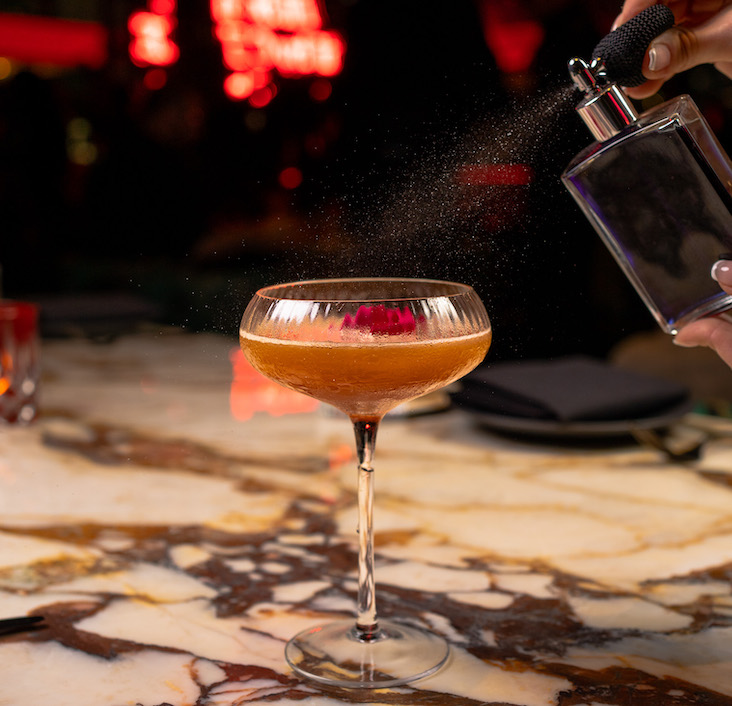I’ve helped to judge cocktail competitions in Sydney, Paris, London and Bratislava, Slovakia as well as in a variety of cities in the U.S.A., but I’d never held a competition of my own until this year. In collaboration with the good folk at Kentucky’s Heaven Hill, I held “Gaz’s Big Cocktail Competition,” and presented the five winning drinks at the Manhattan Cocktail Classic in New York City in May. It was quite an experience.
There were more than 100 competitors, which was pretty surprising since the prizes were simply homemade decoupages. The competition was slated to help Heaven Hill promote their products and I was genuinely interested to discover how many entrants would read the rules and follow the guidelines.
The sub-title of my homespun contest was: “What does it take to win a cocktail competition?” and I learned a lot from the recipes that poured in after I announced the concept in my publication, the Ardent Spirits eLetter.
I’d laid a trap, you see, and I wanted to see how many people had spotted it. Within the competition announcement I’d included just two criteria. The first was that I was looking for creativity coupled with simplicity in this competition. The second stated that the cocktails should show an understanding of ingredients and they should also be relatively easy to prepare, so don’t go smoking lavender over mesquite chips and infusing Shochu with it, okay?
How many people took notice of these two simple guidelines? I’m sorry to say that more people sent ludicrously complicated recipes than formulas that showed creativity and simplicity.
Drinks that required vanilla-infused ice cubes that took more than 24 hours to make and called for ice trays of very specific dimensions were discarded as soon as they came in. Although a fairly simple tequila-based recipe that was submitted looked as though it might be a contender, when I saw that the glass had to be rimmed with a mixture of Ovaltine, almond flour and sea salt, it too bit the dust.
Basics are basics
Reading guidelines is essential if you want to stand a chance of winning a competition and it’s worth pausing to ask yourself what the sponsors of these contests are looking for. Maybe they’re hoping that someone will create a new drink based on their brand or spirits category that really takes off all over the country?
It’s a stretch, since drinks such as this are very few and far between, but most competition sponsors are probably looking for drinks that can be easily recreated. Not many bars carry a mixture of Ovaltine, almond flour and sea salt.
When you create a new drink to enter into a competition, you might also want to take a look at who will be judging the entries and see if you know enough about them to tailor your cocktail to suit their taste. If Audrey Saunders of New York City’s Pegu Club is a judge, for instance, you might decide to use some gin in your drink since Audrey is known to be a gin lover. And mixologist Dale DeGroff is fond of a drop of bubbly, so if he’s on the panel you might want to top your drink off with a little Champagne. It’s worth a shot, right?
Now that the craft of the bartender is highly respected, and deservedly so—I’ve learned much from young bartenders over the past decade or so—many people who hold forth from behind the stick are looking for ways to put extra dollars into their tip-cups, and entering competitions is certainly one way to do just that. So if you want to make some extra bucks in this fashion, do yourself a favor: Read the guidelines before you start on the creative path and for pity’s sake, don’t even think of smoking lavender over mesquite chips and infusing it with Shochu.




